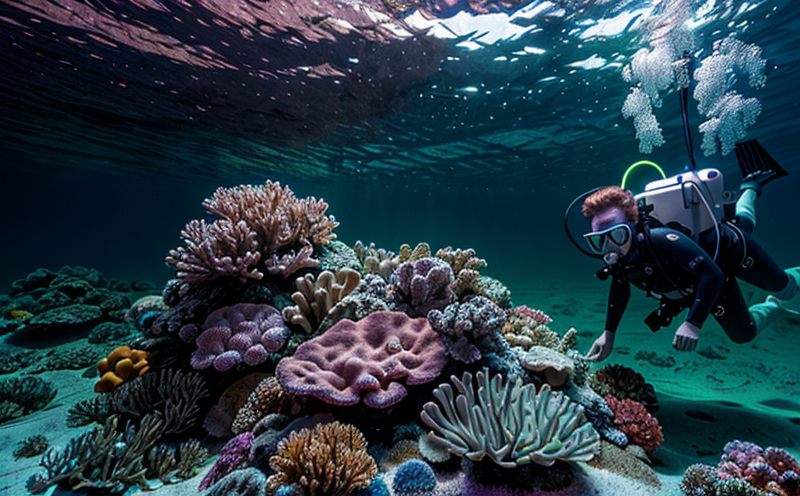EN 60092 306 Marine Lighting Electrical Safety Testing
The EN 60092-306 standard is a key document that ensures the safety of electrical marine lighting systems. This testing procedure is critical in the maritime sector, where lighting plays a crucial role in both operational efficiency and safety.
EN 60092-306 focuses on assessing the electrical integrity and insulation resistance of various components within marine lighting systems. It aims to prevent electrical hazards that could lead to accidents or fires, which are particularly dangerous in an environment where water is a constant presence. This standard ensures that all electrical components meet stringent safety requirements.
The testing process involves subjecting the lighting units to a series of voltage and current tests designed to simulate real-world conditions on marine vessels. The specimens are tested under controlled laboratory conditions that mimic the harsh environments found in maritime settings, such as saltwater exposure and extreme temperatures. This ensures that the equipment will function correctly and safely even when subjected to these environmental stresses.
The EN 60092-306 standard covers various types of marine lighting fixtures, including navigation lights, signal lights, and deck lights. The testing criteria are designed to ensure that all components meet specific performance thresholds. These include checks for insulation resistance, voltage drop across the electrical circuits, and current flow through the lamps.
For quality managers and compliance officers, adhering to EN 60092-306 is essential for maintaining high standards of safety on board ships and other marine vessels. R&D engineers benefit from this testing by ensuring that their innovative designs meet regulatory requirements without compromising on performance or safety.
Compliance with this standard also helps procurement teams source reliable suppliers who adhere to the highest quality standards, thereby reducing risks associated with non-compliant equipment.
Why It Matters
The importance of EN 60092-306 cannot be overstated. In a marine environment, electrical hazards can pose significant dangers to crew and passengers alike. By ensuring that all lighting systems meet the stringent requirements set out in this standard, we minimize these risks.
Electricity and water do not mix well; any failure in the insulation or wiring of marine lighting can lead to dangerous situations. For instance, a short circuit could result in an electric shock or even a fire outbreak, both of which are particularly hazardous in maritime settings due to the presence of flammable materials.
The standard also plays a vital role in enhancing operational efficiency by ensuring that all lights function optimally under various conditions. This is crucial for tasks such as navigation and signaling, where clear visibility can mean the difference between safety and disaster.
Applied Standards
The EN 60092-306 standard is closely aligned with other international standards that focus on electrical safety in marine environments. It draws from ISO, IEC, and IEEE guidelines to provide a comprehensive framework for testing.
- ISO 17825: This international standard provides guidance on the design and construction of lighting equipment intended for use in ships.
- IEC 60947: This series covers switching devices, which are essential components in marine electrical systems.
- IEEE C37.1: This document sets out specifications for low-voltage switches and disconnecting means used in power circuits.
The combination of these standards ensures a robust set of requirements that cover all aspects of electrical safety in maritime lighting fixtures.
Why Choose This Test
- Comprehensive Safety Assurance: EN 60092-306 ensures that marine lighting systems are safe from electrical hazards, thus protecting crew and passengers.
- Enhanced Operational Efficiency: By ensuring optimal performance of all lighting fixtures, this standard supports critical tasks like navigation and signaling.
- Regulatory Compliance: Adhering to this standard guarantees compliance with international regulations, avoiding potential legal issues and fines.
- Supplier Reliability: It allows organizations to source high-quality components from reliable suppliers who meet the highest safety standards.





